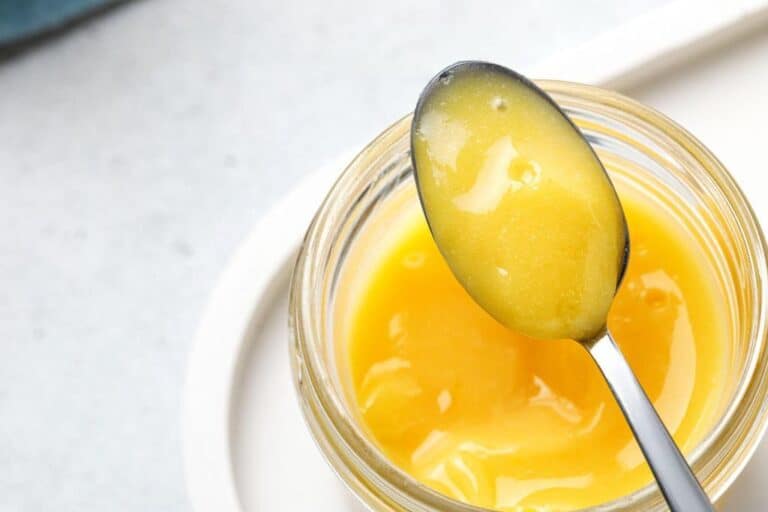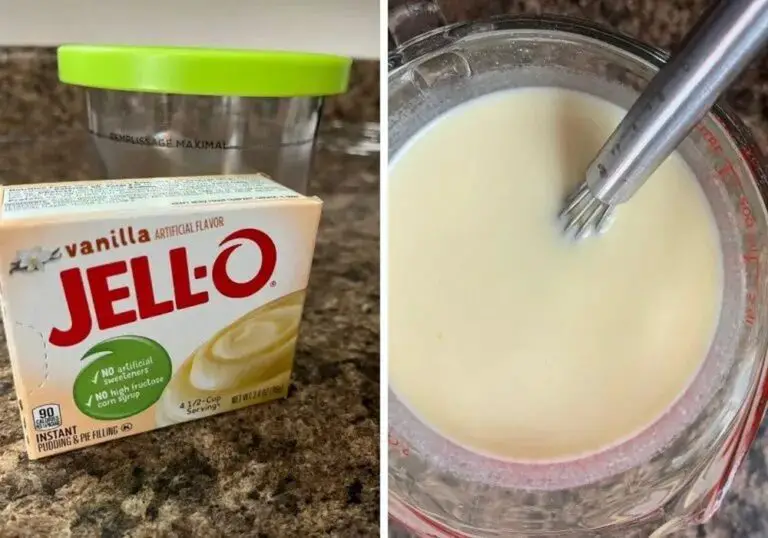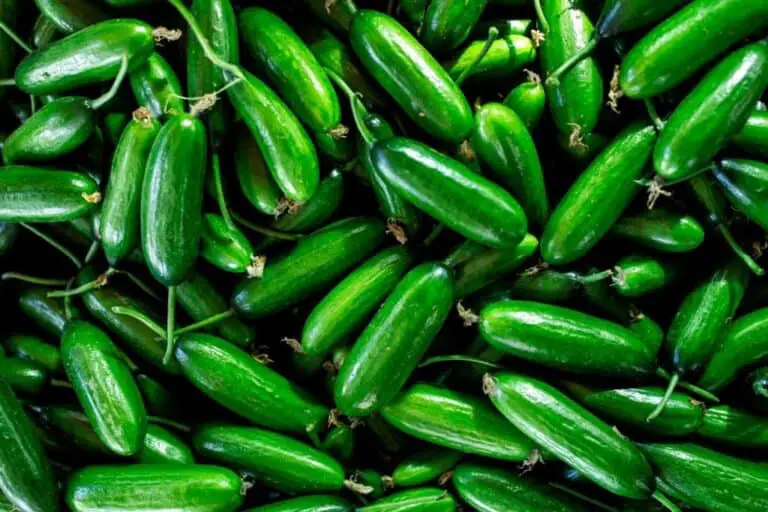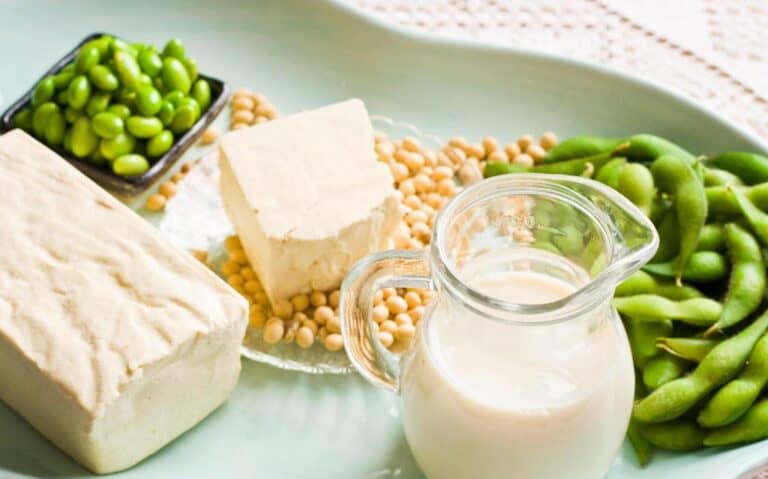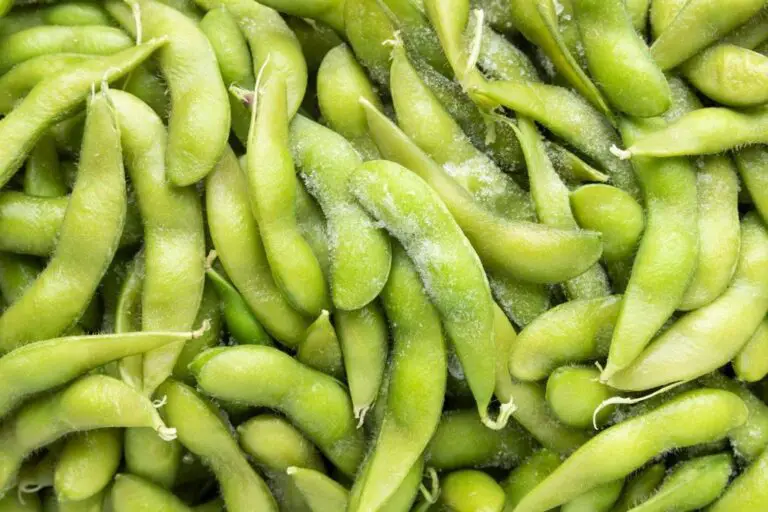Can You Eat Green Bananas on a Low Carb Diet? Are They High in Carbs?
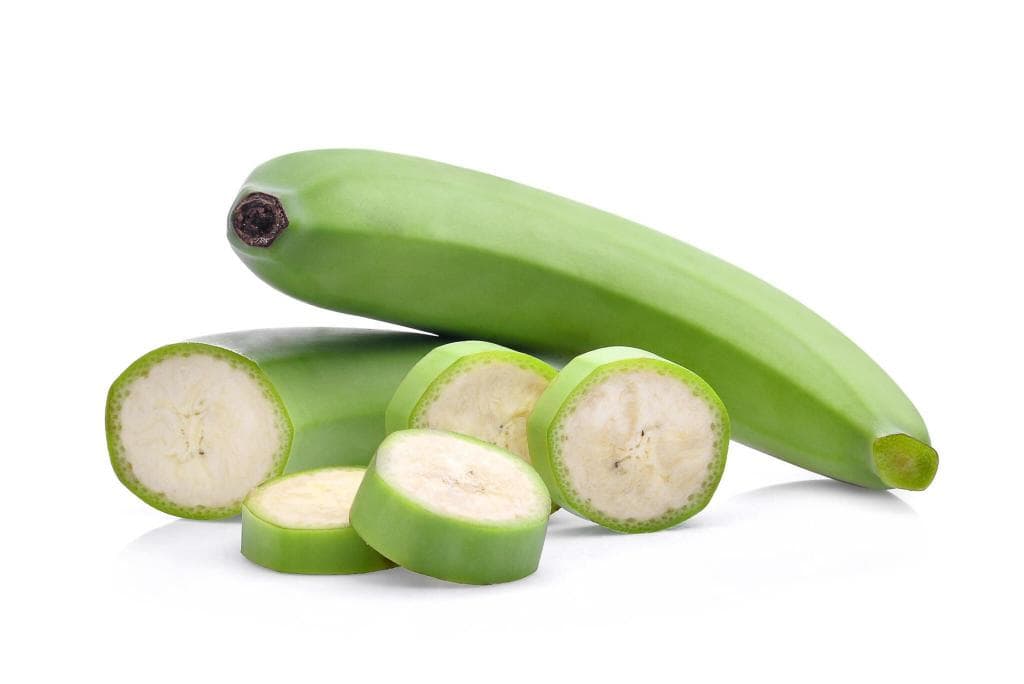
I remember the first time I tried a green banana. Its firm texture and slightly tangy flavor were a delightful surprise, different from the usual sweetness of ripe bananas. But as someone who follows a low-carb diet, I couldn’t help but wonder: Are green bananas a viable option for me? Are they high in carbs?
If you’re in a similar situation, this is for you. You’re navigating the world of low-carb eating while craving something new and different.
In this article, we’ll explore the carb content of green bananas and whether they can be incorporated into a low-carb diet. We’ll look at their nutrition. We’ll compare them to ripe bananas. And, we’ll cover the best ways to enjoy them while keeping your carb intake in check.
Curious about adding variety to your meals? Or, do you want to make informed diet choices? Join me on this journey. We’ll discover if green bananas could be your next low-carb delight.
Understanding Green Bananas
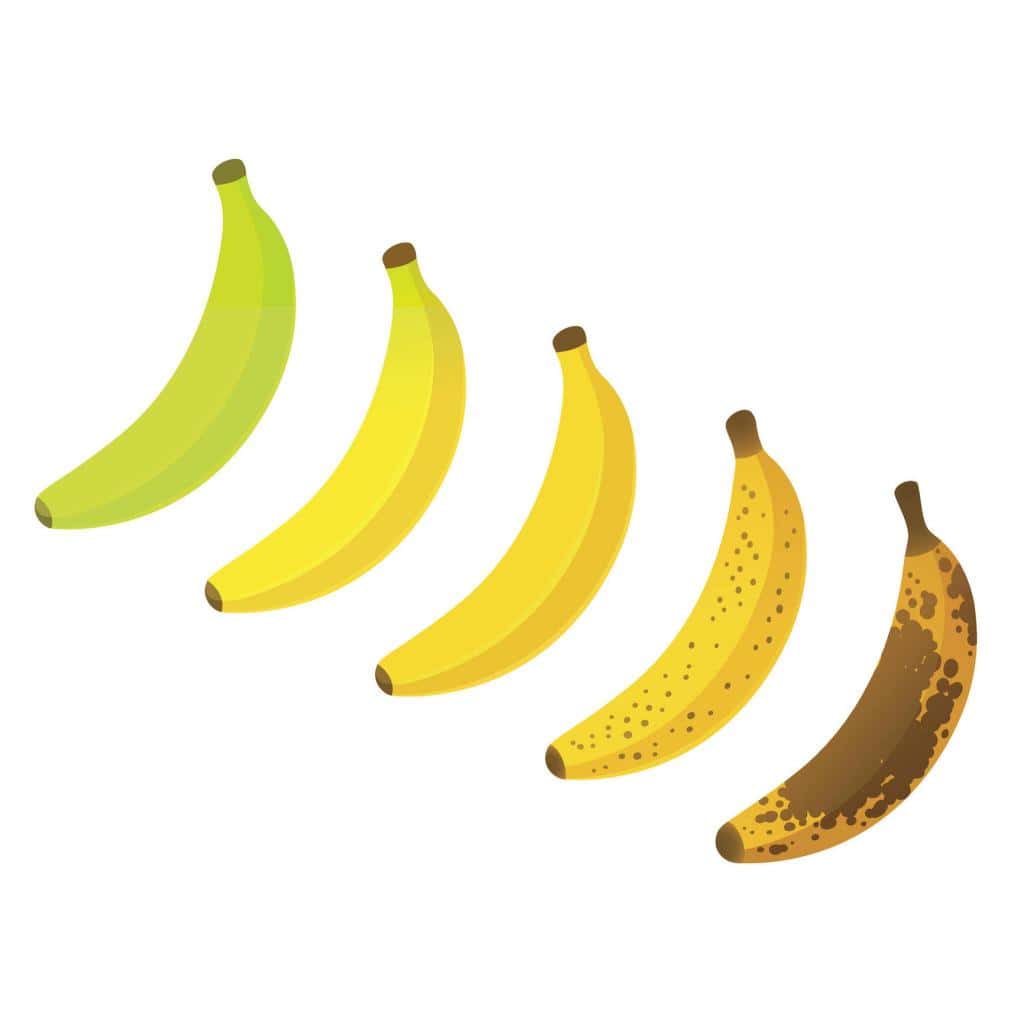
When it comes to food choices, green bananas are often seen in a strange light. They are not quite ready to eat yet, but they have a special appeal for people who are watching how many carbs they eat. These plain fruits look different from their golden counterparts. They add a twist to the story of the traditional banana.
The different stages of this beloved fruit ripening process can be seen in green bananas, which have a firm texture and a slightly sour taste. We are learning more about how green bananas can help with low-carb diets. It’s clear that these gems, which are overlooked, have amazing benefits waiting to be found.
While most are familiar with ripe bananas’ sugary sweetness and soft bite, their unripe counterparts reveal an entirely different persona. Green bananas boast a more starchy composition, packing less sugar punch while hinting at a subtle tartness that sets them apart.
These two foods differ not just in taste. They also have different health effects and nutritional values. Understanding these differences can help people who are looking for other low-carb foods to add to their diet.
So, what makes green bananas worthy contenders in the arena of low carb food and diets? How do they stack up against their ripened kin when it comes to carbohydrate content and associated health perks?
Ripeness Stage of Green Bananas
Understanding the ripening process of green bananas is crucial for enjoying them at their best. Initially, green bananas are starchy and firm, with a subtle tartness. As they ripen, several transformations occur.
Firstly, the green peel transitions to a vibrant yellow hue, signaling increased sweetness. Secondly, the texture evolves from firm to soft and creamy, making them more palatable for consumption. Thirdly, the flavor profile shifts from tangy to sweet, with hints of tropical notes.
To determine ripeness, consider factors like peel color, firmness, and aroma. Below is a simple guide:
| Ripeness Stage | Peel Color | Texture | Aroma |
| Green | Green | Firm | None |
| Semi-ripe | Yellow-green | Semi-firm | Mild |
| Ripe | Yellow | Soft | Sweet |
| Overripe | Speckled | Mushy | Strong |
By understanding these stages, you can enjoy green bananas at their best ripeness. You can enjoy them raw, cooked, or in smoothies.
Carbohydrate Content of Green Bananas
When it comes to green bananas, their carbohydrate content presents a compelling case for those on a low carb diet. Ripe bananas have higher sugar levels. This is because ripening turns starches into sugars. In contrast, green bananas have more resistant starch.
This unique composition lets green bananas offer a lower glycemic index. They also have a reduced impact on blood sugar levels compared to ripe ones. For individuals mindful of carb intake, incorporating green bananas can provide a satiating source of energy with less concern about spikes in blood glucose.
Resistant starch in green bananas lowers their carbs. It also has health benefits. In this complex relationship between nutrition and health, green bananas are versatile. They are a great choice for people who want a balanced diet of carbs.
By adding green bananas to a low-carb diet, one not only controls the amount of carbs they eat, but they also improve their overall health and gut microbiota balance thanks to the nutrients in resistant starch. In this complex relationship between nutrition and health, green bananas’ versatility makes them a great choice for people who want to eat a balanced diet of carbs.
Uncovering the Nutritional Treasures of Green Bananas
Green bananas may not be as appealing as yellow ones. But, under their starchy skin lies much nutritional goodness to explore. These unripe fruits are packed with resistant starch. It’s a type of fiber that resists digestion. It serves as fuel for the good bacteria in our gut. This indigestible quality makes green bananas a favored choice for those seeking to enhance their digestive health.
Also, green bananas have lots of prebiotics. Prebiotics help healthy gut bacteria grow. These bacteria are key to well-being. By nurturing these essential microbes, green bananas contribute to improved gut function and may even help alleviate gastrointestinal issues such as bloating or irregularity.
Green bananas are a good source of several vitamins and minerals, including vitamin C, vitamin B6, and potassium. Vitamin C is an antioxidant that helps protect cells from damage, while vitamin B6 is important for brain health and metabolism. Potassium is essential for maintaining proper muscle function and regulating blood pressure.
So, next time you overlook that vibrant bunch of green bananas at the grocery store, remember they have not only potential but also real benefits for your gut.
Can You Eat Green Bananas on a Low Carb Diet?
Adding green bananas to a low-carb diet can be a smart move. It adds variety and nutrition. While green bananas are higher in carbs compared to other low-carb foods, green bananas can still be enjoyed in moderation as part of a balanced diet. Here’s how you can do it:
- Portion Control: Limiting the portion size of green bananas is key. Enjoying a small serving as a snack or incorporating it into a meal as a side dish can help manage your carb intake.
- Balanced Meal Planning: Pairing green bananas with high-protein and high-fiber foods can help balance out your meal and mitigate the impact of the carbs in the bananas.
- Timing: Consuming green bananas earlier in the day, when your body is more active and better able to metabolize carbs, can be beneficial.
- Cooking Methods: Opt for cooking methods that enhance the flavor of green bananas without adding extra carbs. Baking, grilling, or boiling them can be tasty options.
Be mindful of your carb intake. But, adding green bananas to your low-carb diet can give you many nutrients and flavors. They can help keep your meals interesting and satisfying.
Innovative Ways to Enjoy Green Bananas on a Low-Carb Diet
Being creative is important when adding green bananas to a low-carb diet. Instead of sticking to what you know, try experimenting with this fruit in ways that have never been done before.
A refreshing idea is to make a zesty green banana salad. It combines thinly sliced green bananas with vibrant veggies like bell peppers, cucumbers, and cherry tomatoes. Drizzle some olive oil mixed with lemon juice for a tangy dressing that enhances the crispness of the bananas while providing a burst of flavor.
For those who crave warm comfort in their meals, consider crafting savory green banana fritters as a delightful low-carb treat. Simply mash ripe yet firm green bananas along with almond flour, eggs, and your favorite herbs and spices. Shape these morsels into patties and gently sauté them until golden brown for a crispy exterior that gives way to soft, flavorful interiors – a satisfying dish bursting with both taste and nutrition.
By using green bananas in new ways, you can unlock many possibilities. These ideas not only fit your low-carb diet but also delight your taste buds.
| Read: The Truth About Bananas with Green Spots – Are They Safe to Eat? |
Conclusion: Making Green Bananas a Healthy Addition
As we come to the end of our look at green bananas on a low-carb diet, it is clear that these unripe fruits can very well fit into your diet. Green bananas have fewer carbs than ripe bananas and more resistant starch. They have a special nutrition profile that fits well with the goals of people on low-carb diets.
Add green bananas to your meals smartly. They provide healthy carbs. They also improve gut health and keep blood sugar in check.
To sum up, green bananas are a versatile food that can add flavor to your low-carb diet and also help your health. These nutrient-dense fruits can help your digestive system work better while keeping your carb intake in check.
They can be eaten in savory dishes or blended into smoothies. Accepting green bananas in your diet could be the creative change you need. It can improve your nutrition without giving up taste or health-conscious options.

